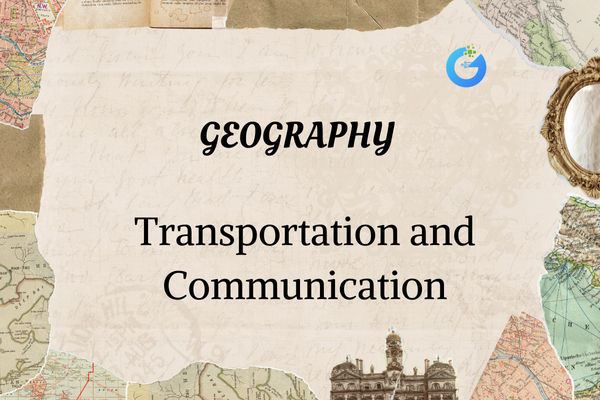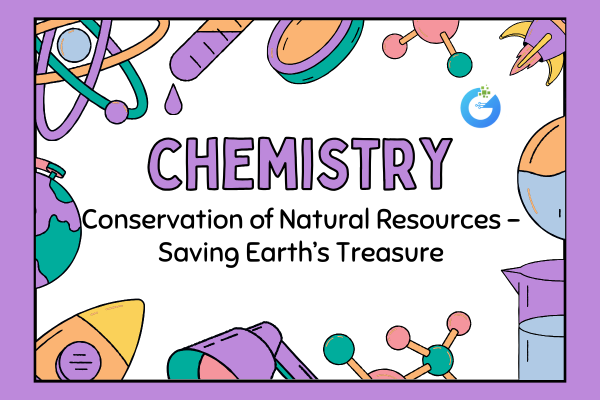Introduction – What Are These Mysterious Substances?
Have you ever tasted a lemon and felt your mouth pucker from the sourness? Or touched soap and noticed how slippery it feels? That’s because lemons contain acids, and soaps are made from bases! These two types of substances are found all around us—from the kitchen to the bathroom and even inside our bodies. When acids and bases react, they create something new: salts! Let’s explore how these powerful substances behave, how we can identify them, and how they’re used in our daily lives.
expert-led Chemistry classes – visit our website to learn more

What Are Acids?
Acids are substances that taste sour and can turn blue litmus paper red. They’re commonly found in the foods we eat, especially fruits, and they are also used in various industries. Some acids are weak and safe enough to eat, while others used in laboratories and factories are strong and corrosive, meaning they can burn or damage things.
Some natural acids include:
- Citric acid in lemons and oranges
- Lactic acid in curd
- Acetic acid in vinegar
On the other hand, laboratory acids are much stronger:
- Hydrochloric acid (HCl) used for cleaning and in chemical labs
- Sulfuric acid (H₂SO₄) used in batteries and industry
Acid Clue: Sour taste and red on litmus!
What Are Bases?
Bases are the opposite of acids. They taste bitter and feel soapy or slippery to the touch. Bases change red litmus paper to blue. You’ll find many bases in cleaning products, and just like acids, they can also be weak or strong.
Some mild bases we use every day are:
- Baking soda (sodium bicarbonate) used in baking and cleaning
- Soap, which helps remove grease and dirt
Some strong bases used in laboratories include:
- Sodium hydroxide (NaOH), also known as caustic soda
- Calcium hydroxide, found in lime water
Base Clue: Bitter, slippery, and blue on litmus!
What Are Salts?
When an acid and a base come together, they cancel out each other’s strong effects. This process is called a neutralization reaction. As a result, they form two new substances: salt and water.
Acid + Base → Salt + Water
The most familiar salt is table salt, which is formed when hydrochloric acid reacts with sodium hydroxide. But there are many different types of salts that we use in fertilizers, medicines, and cleaning products.
So, even though acids and bases can be powerful and sometimes dangerous, when they combine correctly, they create useful and safe substances.
How to Test Acids and Bases – Using Indicators
We can’t go around tasting substances to check if they are acidic or basic—it could be dangerous! So, we use indicators—special substances that change color to show if something is an acid or a base.
Here are some common indicators:
- Litmus Paper: Turns red in acid and blue in base
- Turmeric: Stays yellow in acid and turns red in base
- China Rose (Hibiscus): Turns pink in acid and green in base
These color changes are fun and safe ways to test different materials in science experiments!
Core Concepts – What You Should Know
| Concept | Meaning | Example |
| Acid | Sour-tasting substance, turns blue litmus red | Lemon juice (citric acid) |
| Base | Bitter and slippery substance, turns red litmus blue | Soap, baking soda |
| Salt | Formed by reaction of acid and base | Table salt |
| Neutralization | Acid + Base → Salt + Water | HCl + NaOH → NaCl + H₂O |
| Indicator | Substance used to detect acids or bases | Litmus, turmeric |
These key terms help us understand how substances interact and how we can classify them based on their properties.
FAQs – Curious Questions About Acids and Bases
Q1: Can we taste all acids and bases to test them?
No! Some are dangerous. We should never taste unknown substances—use indicators instead!
Q2: Why do we use salt in food if it’s made from strong acid and base?
During neutralization, the acid and base lose their harmful properties, forming safe and edible salt.
Q3: Is water an acid or a base?
Pure water is neutral—it’s neither acidic nor basic.
Fun Facts About Acids, Bases, and Salts
Did you know that:
- Cola drinks are acidic—that’s why they fizz and taste tangy!
- China rose flowers can act as natural pH indicators.
- Soap not only cleans but also reacts with acids to neutralize them.
- Salt is used not just in food but also to melt ice on roads in winter!
Conclusion – Acids, Bases, and Salts: The Colorful Chemistry Trio
Acids, bases, and salts are like three members of a chemical family—each with unique powers and personalities. They help us in cooking, cleaning, healing, and even gardening! By understanding how they react, how to identify them safely, and how they’re used in real life, we unlock the door to the amazing world of chemistry. So next time you squeeze a lemon or use shampoo, remember—you’re doing chemistry like a pro!








